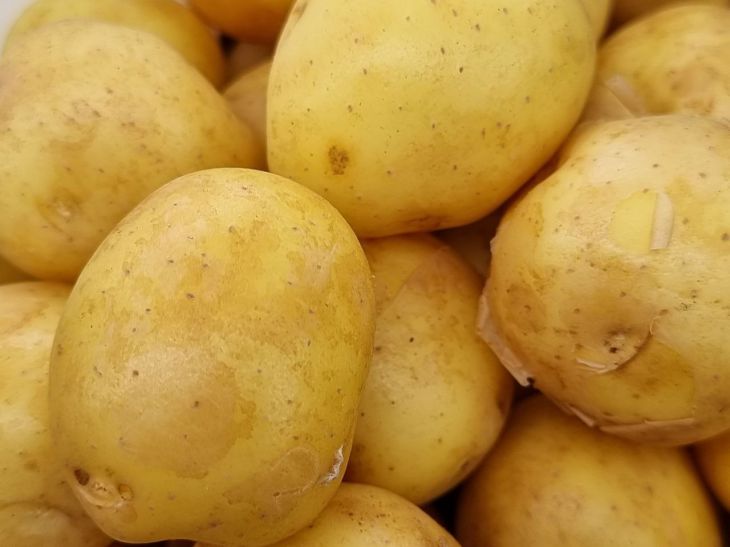It is difficult to find a summer resident who does not grow potatoes on his plot.
But few people know how to get a high-quality and large harvest of this vegetable.
There are a few simple rules you need to know here.
Planting dates and preparation of seed material
It is necessary to guess the planting time. It is necessary to focus on weather conditions, since the root crop will not be able to survive severe frosts.
If the soil at a depth of 10 cm has warmed up to seven degrees, it means it is time to start planting.

There is no need to save on planting material. Many are used to cutting tubers into several parts, but if the environment is damp and cold, this will only ruin the potatoes. If you do make cuts, you need to do this a week and a half before planting.
Landing rules
It is advisable to change the planting location every year.
Do not plant the seeds too deep, a depth of up to 5 centimeters is enough. If the soil is light, you can plant the potatoes up to 8 centimeters deep.
If you need the soil to warm up, you can cover the beds with black film. If the shoots have already appeared, the film should be transparent. This will speed up the ripening of the potatoes by three weeks.
Watering and fertilizing
Potatoes need to be watered frequently, as they like moisture. But you need to pour it into the furrow, not on the bushes themselves.
In addition, to obtain a good harvest, you need to use fertilizers.
Companion plantings
Experienced gardeners recommend planting beans or peas in the same hole with potatoes. In this case, the plantings will be saturated with nitrogen, which will have a positive effect on growing potatoes.
As a result, you can harvest two crops from one plot at once, and the soil is not only not depleted, but is also enriched with nitrogen.








